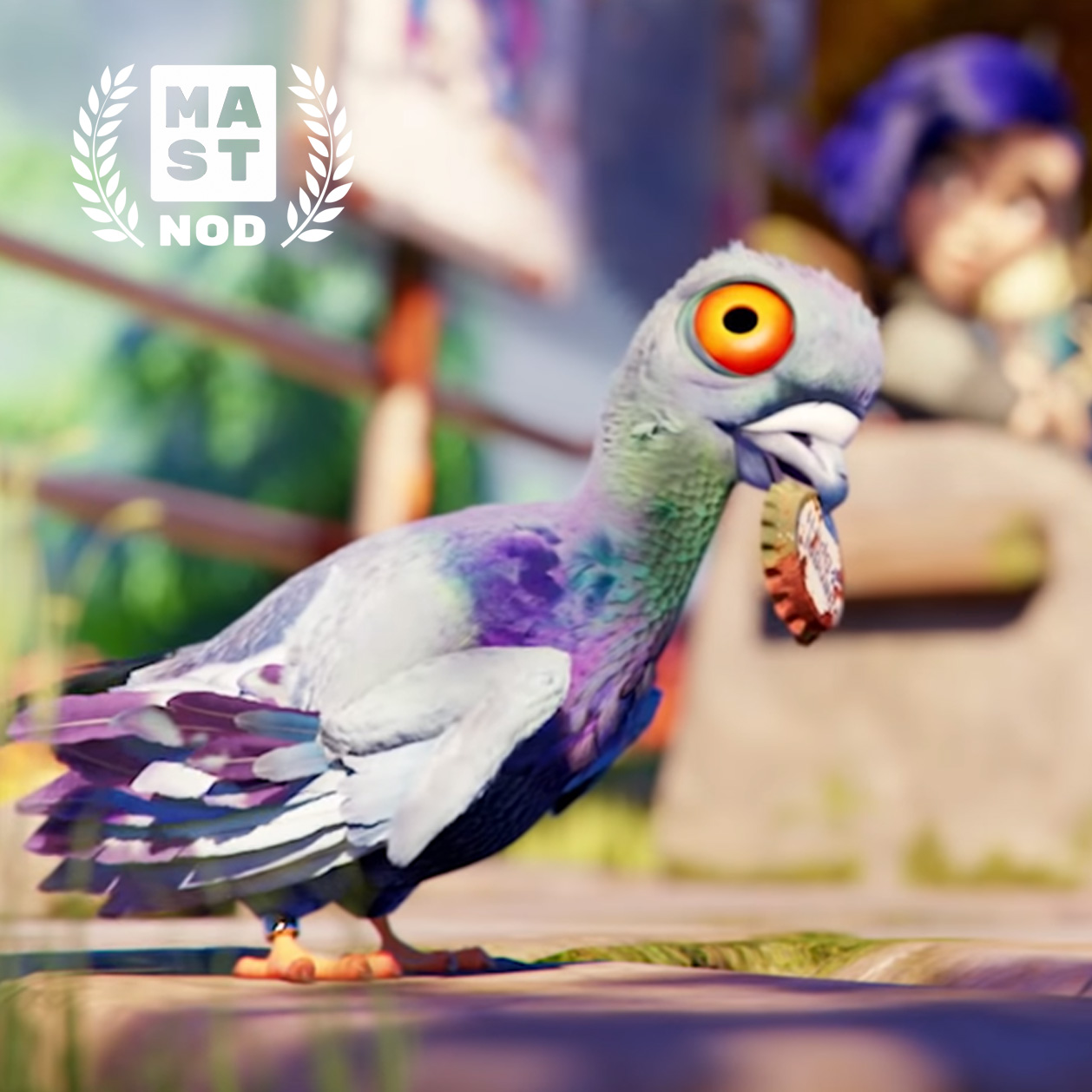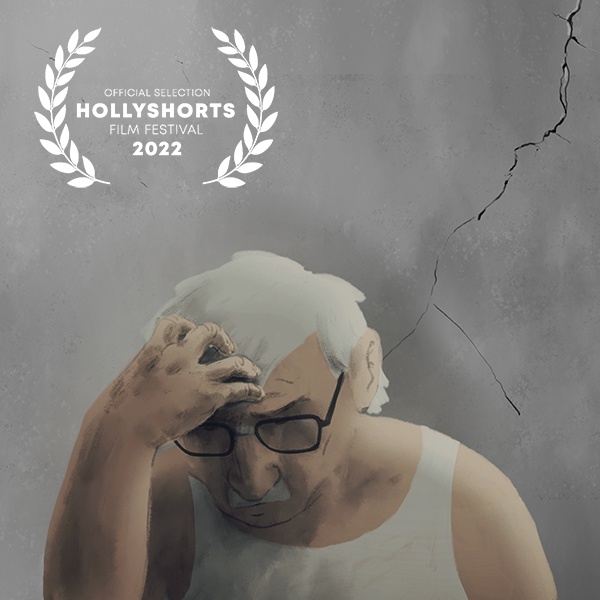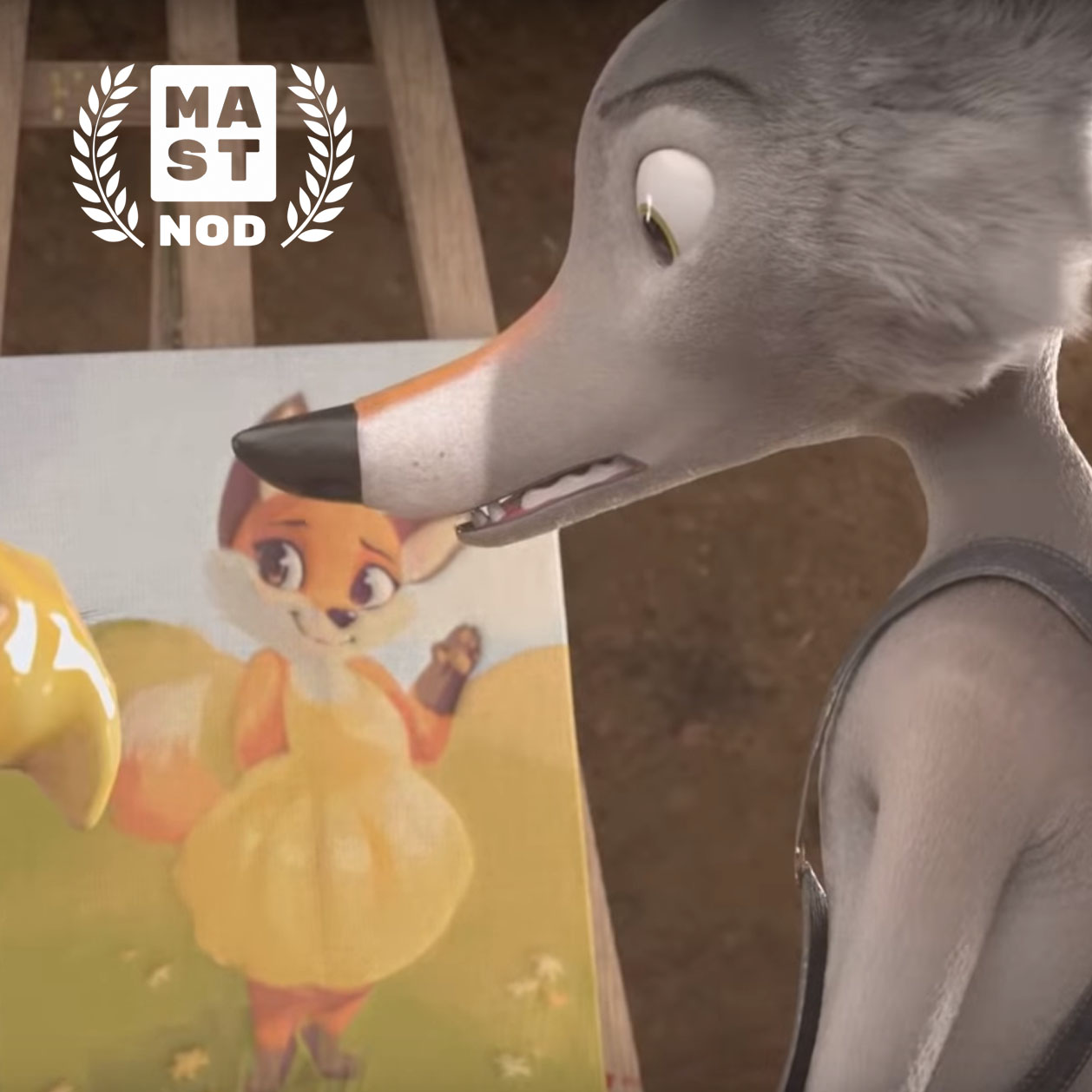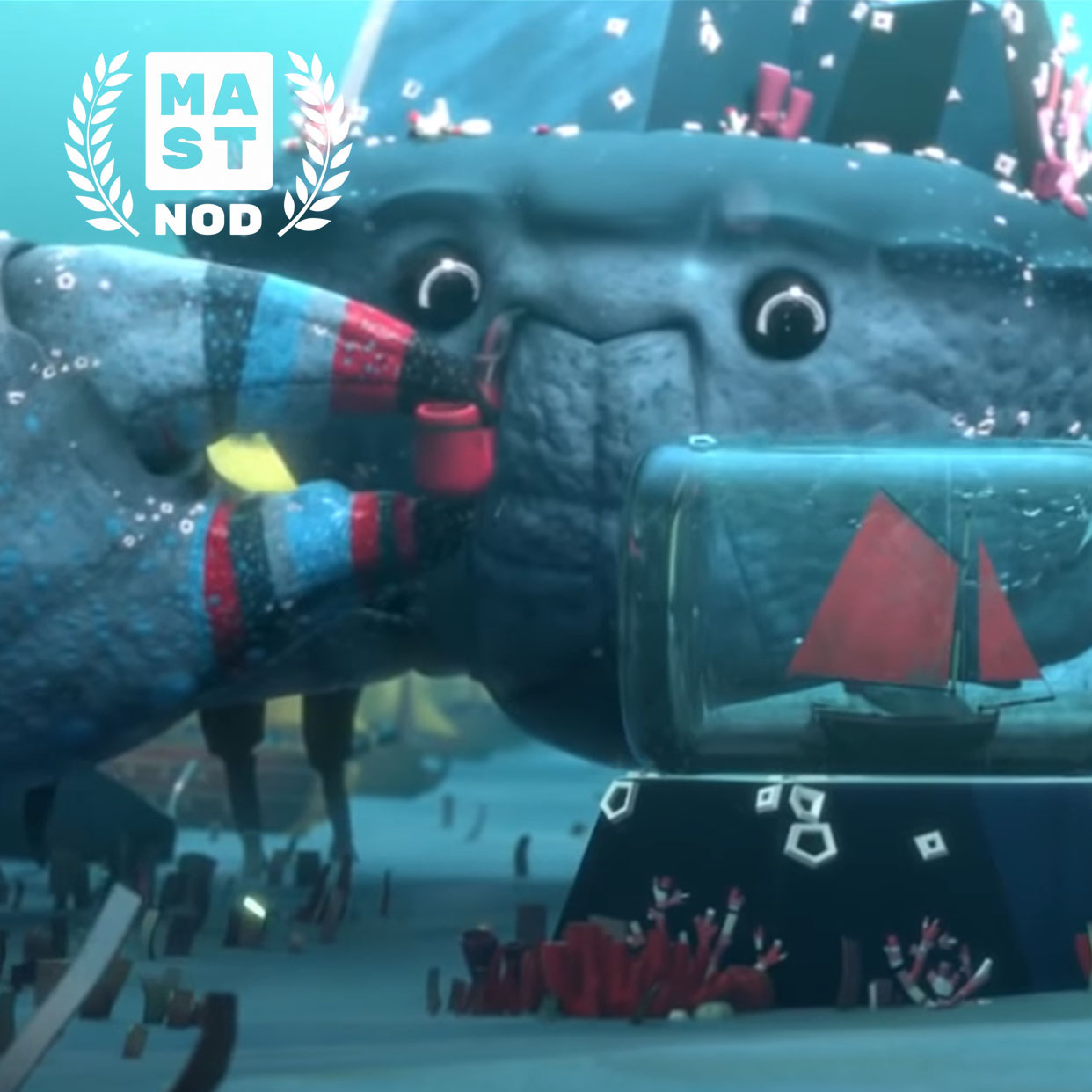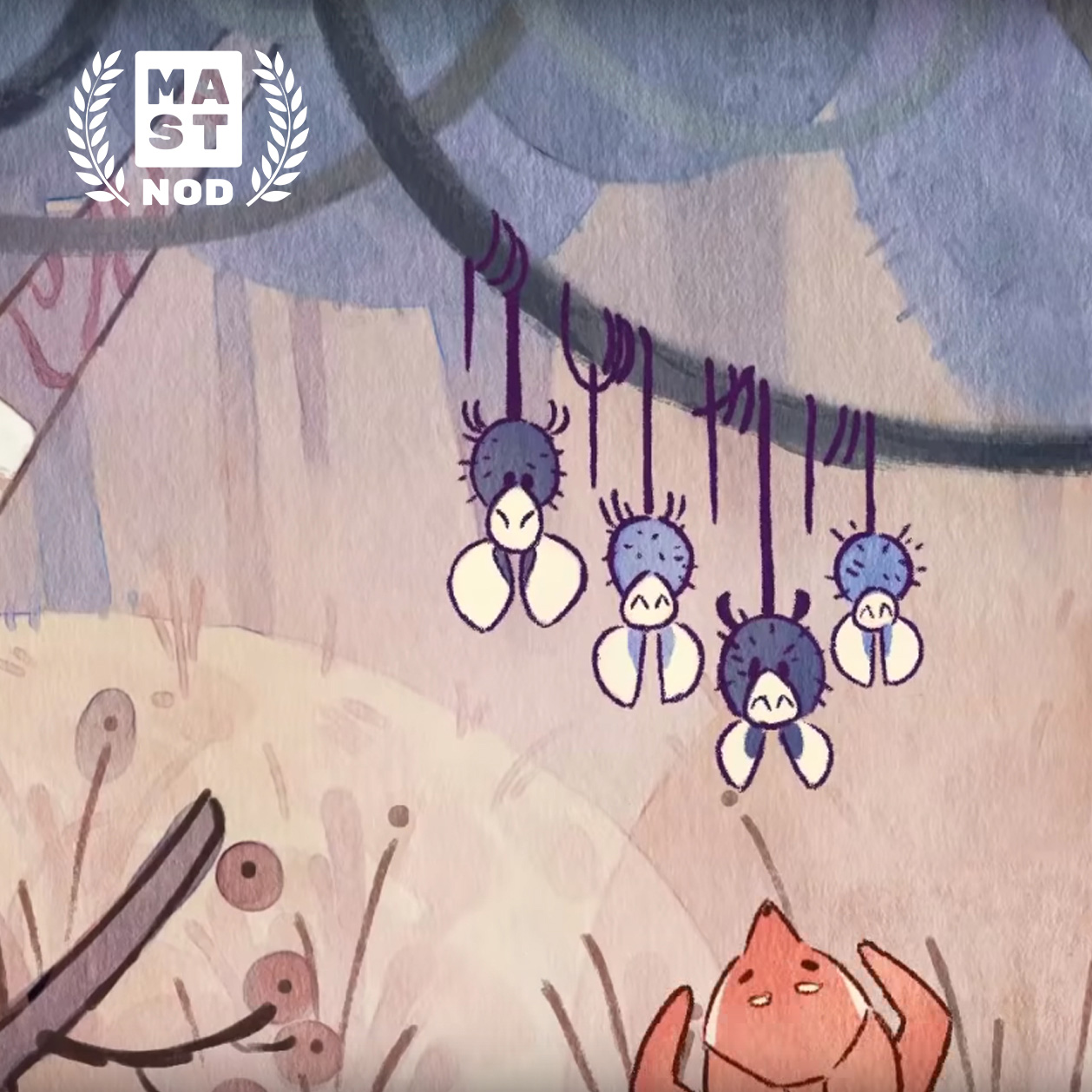A MAST nod to Anders Gustafsson & Erik Zaring for their mind bending game, Dream Machine.
Who or what inspired your characters?
Erik: Initially, during development of chapter 1-2 of the Dream machine, we took inspiration from Polanski's The Neighbor, Svankmajer, Dave McKean and Polish poster art. As the chapters progressed we incorporated a lot of other ideas, both visual and story, from films and artists such as Kubrick's 2001, Otto Dix, Star Trek, Enter the Void by Gaspar Noe etc etc... I could ramble on for some time about all the love and care invested The Dream machine over the years but I'll stop my self and wrap this up saying that we like the idea to leave something behind. Something more than just ones and zeroes in the cloud. All characters and some of the sets from the game is occasionally exhibited at galleries and that is something that still makes us all fuzzy and warm on the inside.Where did you draw inspiration for the story of The Dream Machine?
Anders: I read a lot about John C Lily and his experiments using LSD and ketamine. He had this beautiful notion that he was visiting an alternate reality during his drug-induced hallucinations, a place with a coherent geography. He started drawing maps of what he had encountered once he regained consciousness, noting down things like landmarks, geographical features and coastlines. He thought that if he had enough map pieces and then spliced them together, he would be able to slowly chart this new reality. To me, that idea just sounded so naïve and beautiful and fun. I had to make something of it. In our game we approach dreams in a similar way.
The style of the game is something new and creative, what or who influenced your design?
Anders: I haven’t worked a lot with hand-built assets before. That’s more my partner in crime Erik’s bag. We struggled a lot in the beginning trying to establish the mood and tone for the game. I remember we looked a lot at Polanski’s Apartment-trilogy, polish film poster art and Cronenberg movies for inspiration. The game revolves around a pregnant couple that moves into a strange apartment building, so Rosemary’s Baby seemed like an obvious starting point. But it wasn’t until we rediscovered The Tenant that things started to click. There’s something about the universe in The Tenant that we really liked. It’s dark and dirty in a very European way. Moldy and dank and old – a movie you can smell. As a viewer you get caught up in the main characters feverish mind set in a way that makes you feel more like an accomplice than an observer. The strange involvement you feel watching movies like The Tenant and Peeping Tom is something we try to frame in some fashion.
How did the concept of the project initially start?
Erik: Me and Anders have a background in traditional 2D and Stop-mo animation and when we started our collaboration in 2008 there were only a handful of other games (Samorost, Neverhood, Dark eye) that used physical sets and characters for the visuals. As I recall it, I tried to convince Anders that it would be a really great idea to make an adventure game out of clay and cardboard and I even made some tiny mock sets, using Super Sculpey, that finally won him over.




